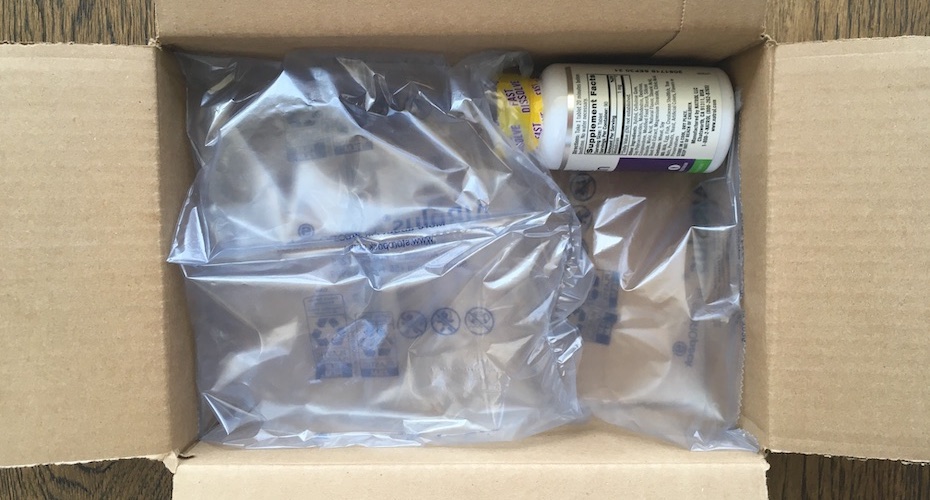
A book, a baseball bat, and a bowling ball. Those are just three of the millions of items you can buy online.
Each of these items comes in standard sizes and weights, and if your business only sells one kind of item—let’s say bowling balls—your packing area is stocked with 10” x 10” x 10” boxes and you know how much it will cost to ship each one. But if you also sell books, baseball bats, blenders, and beanbag chairs, your packaging decisions are significantly more complex—and potentially far more costly.
In the early days of the e-commerce boom, Amazon.com would sell you a paperback book that arrived in a padded envelope, while Pets.com would sell you a 40-pound bag of dog food that arrived in a large cardboard box. As the number of things you could buy online grew exponentially, shipping companies had to figure out how to load their trucks to get the maximum value of items out to customers with increasing speed and frequency. That’s when they began to realize that billing by weight alone was not enough and that the amount of physical space a package took up in the truck was often more valuable.
In 2015, the major carriers announced they would begin billing by what’s known as dimensional weight—or DIM weight. DIM weight is a measure of volume that’s calculated from the length, width, and height of a package. There’s a handy mathematical formula that all the carriers provide for this process, which is called “dimensioning,” but in a nutshell, a big box filled with lightweight items and a bubble pack will be billed for the volume of space it occupies, while a small package filled with heavy items will be billed for its actual weight. And if the two numbers are within a few pounds, the shipping company gets to pick the higher number.
Compounding the cost issue for many small to medium-sized online retailers, Amazon announced new shipping guidelines last year and said it would fine third-party sellers who ship products in oversized packaging. The decision was touted as an environmentally-friendly move, but the motivation was at least in part financial.

Now, let’s say you’re running a fulfillment operation during peak season, and customer orders are piling up in the pack out area as workers scramble to find the right size boxes. Errors in this real-time game of Tetris can add up quickly, and orders can leave the dock with more packing material than products.
That’s why inVia Robotics developed the Cubing Module as part of our AI-driven automation system. “Cubing” gives us valuable insight into your warehouse and the movement of products coming in and going out. For example, we run a “cube analysis” to calculate the physical dimensions of the items you sell and then figure out how many cubic feet of space they occupy. These dimensions and the velocity of the items leaving the warehouse dictate how much space you need to store your inventory, and every fraction of an inch we optimize for you makes an impact on your bottom line.
We also group orders on picking carts by size and shape (small items on one cart, large items on other carts) and pre-determine the size of each outbound order container (padded envelope, small, medium or large box, etc.) so workers don’t waste time figuring out what fits and what doesn’t.
It’s these kinds of process improvements—a few inches here and there or a minute or two saved when packing an order—that really add up over the course of a day, a week, and a peak season.
To learn more about how inVia can streamline order fulfillment, give us a call today.